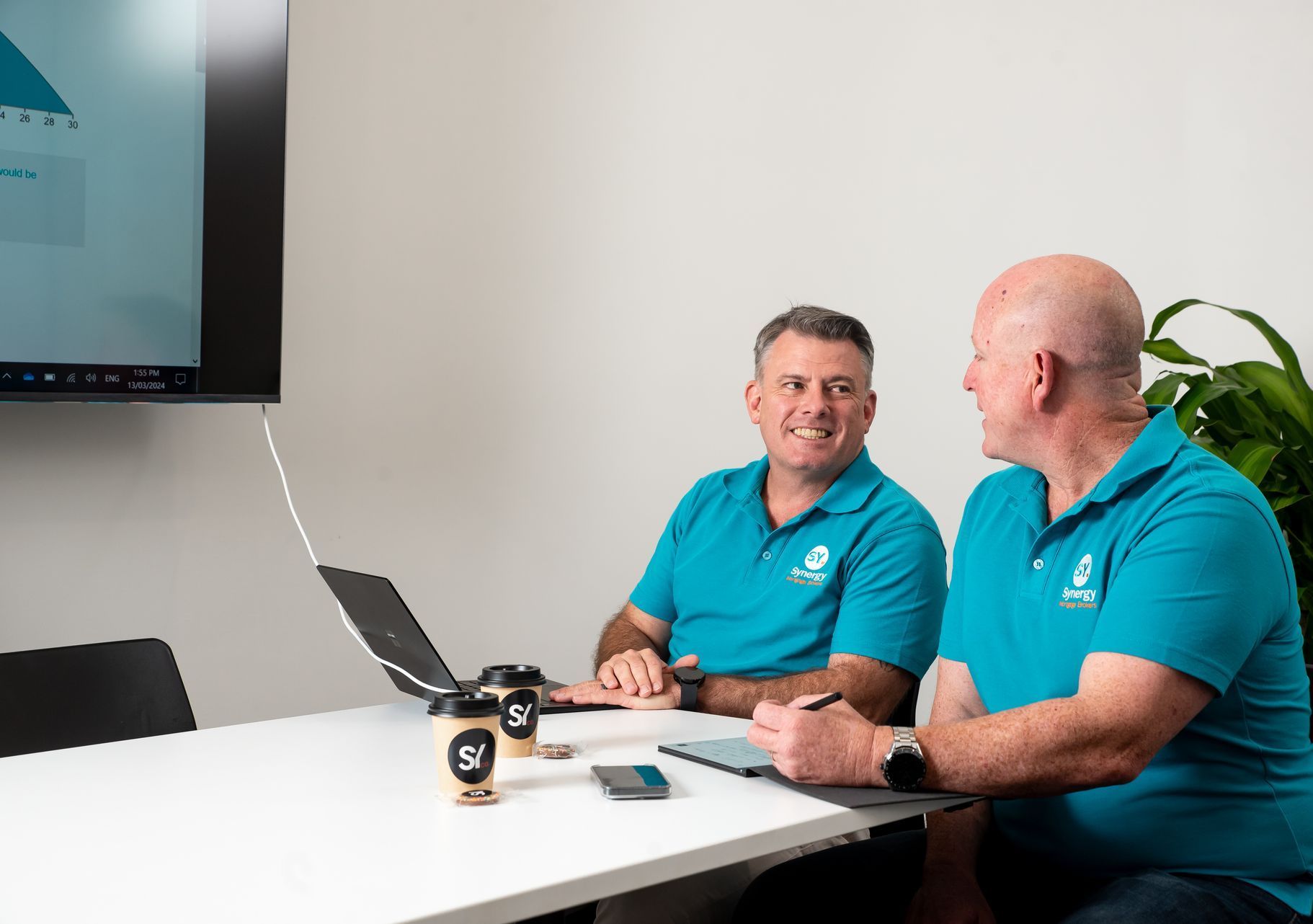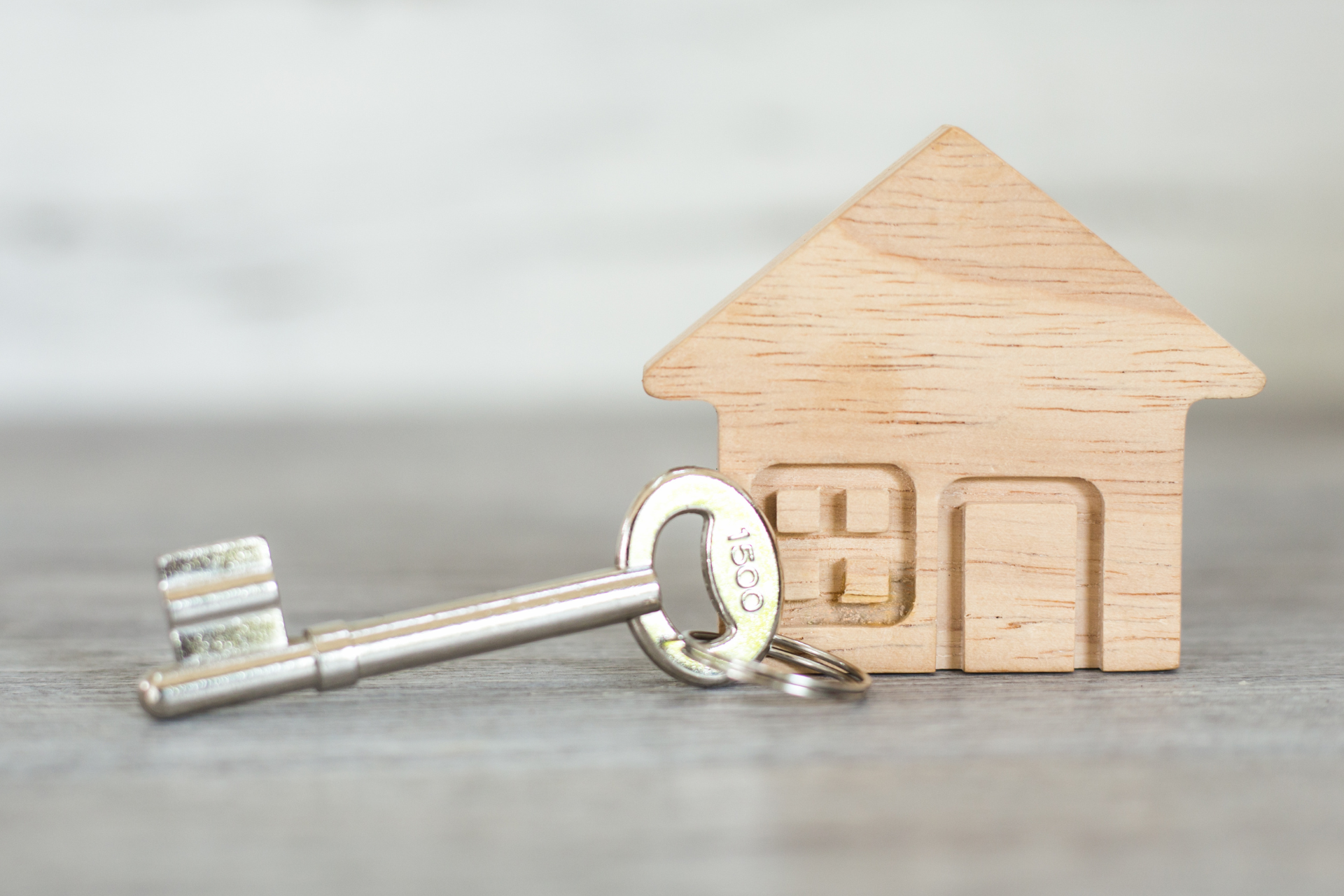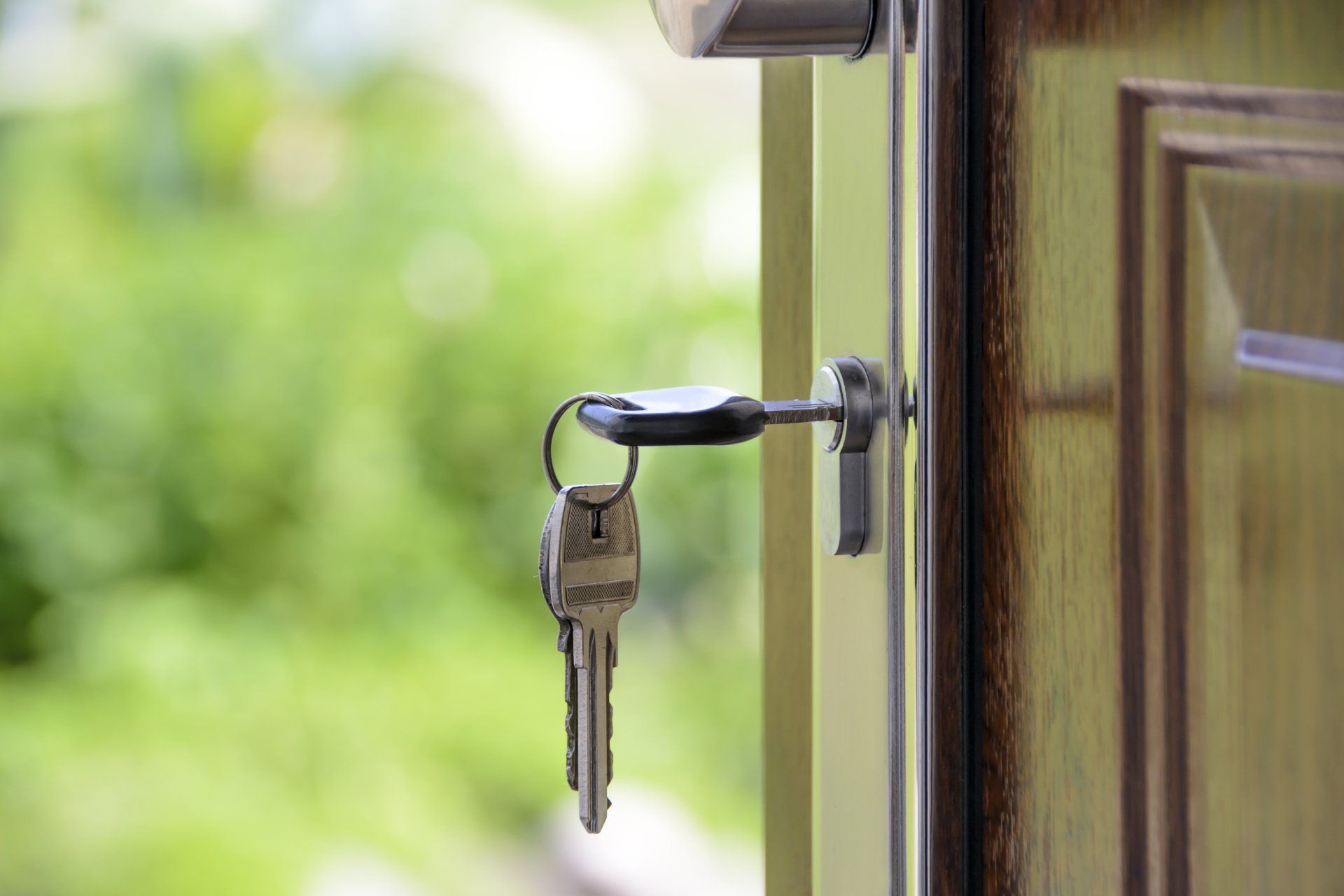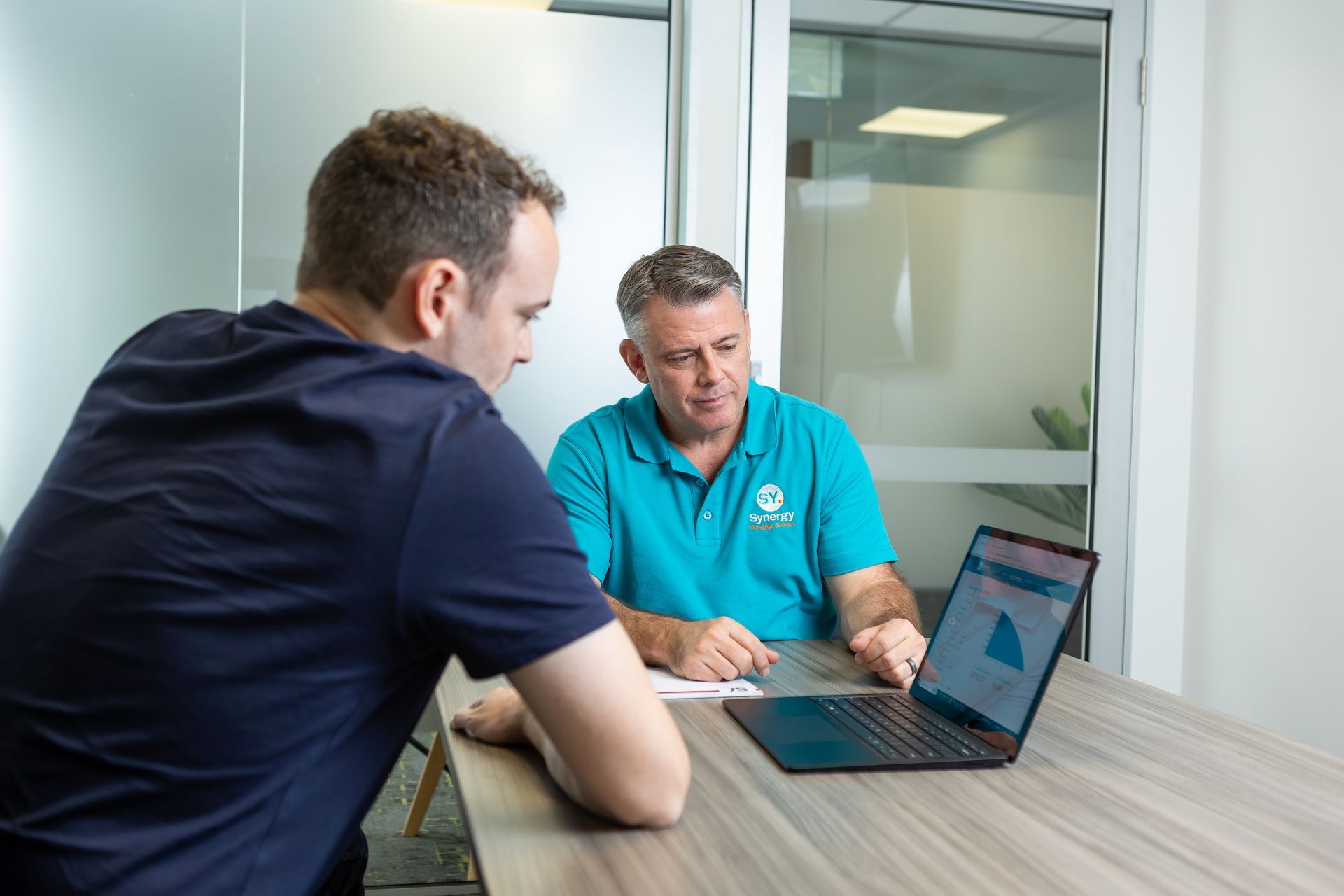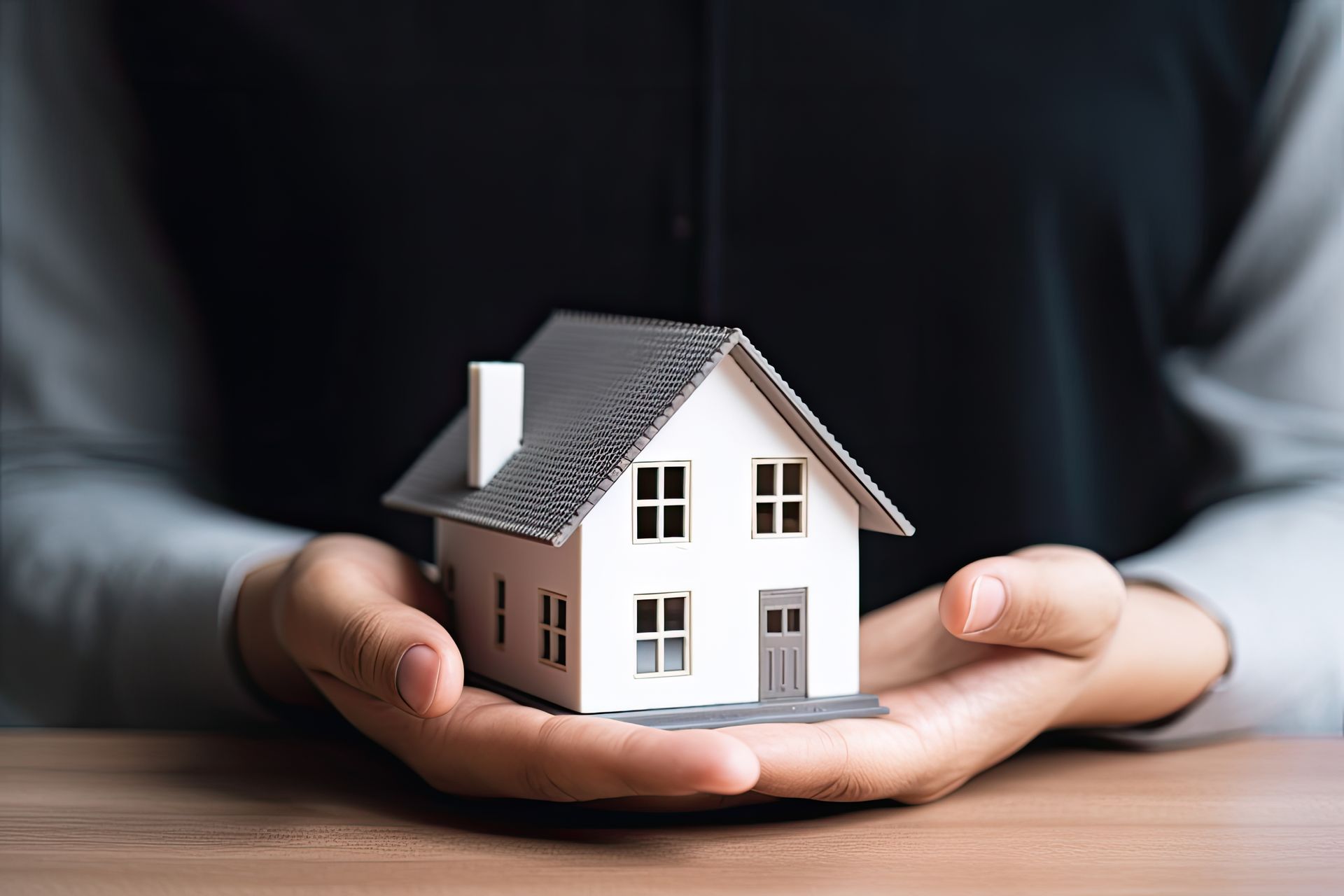Rising interest rates might be eating into your monthly budget, or maybe you've spotted a better home loan deal. You're not alone. Many homeowners think about a home loan refinance to reduce their monthly payments and access better loan terms.
Refinancing your home loan might seem overwhelming at first. The process is actually straightforward and could save you thousands of dollars over your loan term when you have the right guidance and knowledge.
This complete walkthrough will show you step-by-step instructions on how to refinance a home loan. You'll learn everything needed to make an informed decision about refinancing your home loan, from checking your refinancing readiness to getting through the approval process smoothly.
Understanding Your Refinancing Readiness
Before going into the refinancing process, we need to help you determine if you're in the right position to make this financial move. Let's explore the key indicators and evaluate your readiness for a home loan refinance.
Key Signs It's Time to Refinance
We've identified several clear indicators that suggest it's time to consider refinancing your home loan:
- Your interest rate is significantly higher than current market rates
- You've built up substantial equity in your home (ideally 20% or more)
- Your credit score has improved since your original loan
- Your financial situation has changed significantly
Evaluating Your Current Financial Health
We recommend focusing on three key aspects of your financial health. First, check your credit score – lenders in Australia typically look for a score in the "good" to "excellent" range, depending on the credit reporting agency. For example, a score above 661 with Equifax or 500 with Illion is generally considered strong, but requirements can vary between lenders.
Next, evaluate your debt-to-income (DTI) ratio – lenders in Australia typically prefer a DTI of 6 or below, meaning your total debt should be no more than six times your gross annual income.
Finally, assess your home equity – having at least 20% equity (or an 80% Loan-to-Value Ratio) gives you more bargaining power and helps you avoid additional costs like Lenders Mortgage Insurance (LMI). You can get an estimate of your property’s value from sites such as Realestate.com.au or via a local real estate agent.
Setting Clear Refinancing Goals
We believe it's essential to establish clear objectives for your refinance. Are you looking to reduce your monthly payments through a lower interest rate? Perhaps you're interested in debt consolidation, or maybe you want to access your home's equity for renovations or investments. Refinancing typically incurs fees ranging between $500 and $3,000, depending on your loan provider and the type of loan.
By carefully evaluating these aspects, we can help you determine if refinancing your home loan is the right move for your financial future.
Calculating the True Cost of Refinancing
Let's take a closer look at the numbers that matter for your home loan refinancing. Understanding the true cost will help you make an informed decision about refinancing and its value to your situation.
Breaking Down All Associated Fees
The total costs of refinancing your home loan typically range between AUD 1,000 to AUD 3,000. These key fees need your attention:
- Discharge/exit fee: AUD 300 - AUD 800
- Application fee: Up to AUD 1,000
- Property valuation fee: AUD 300 - AUD 900
- Settlement fee: AUD 150 - AUD 800
Not all lenders charge application, valuation and settlement fees and lenders will sometimes run special campaigns waiving some fees so it is important to do your research or speak to an expert.
Understanding Break Costs and Penalties
Break costs need special attention, especially when you have a fixed-rate loan. These costs vary as they depend on several factors:
- Your remaining loan balance
- The time left on your fixed-term
- The difference between your fixed rate and current market rates
Calculating break costs is not simple. If your loan is a fixed-rate product, it is best to contact your lender and ask for a break cost quote.
Determining Your Break-Even Timeline
Your break-even point calculation comes from dividing total refinancing costs by monthly savings. For example, if refinancing costs are AUD 7,644 with monthly savings of AUD 305 the break-even period is 25 months. This timeline shows if refinancing lines up with your long-term plans.
Note that some lenders provide incentives like cashback deals that can offset these costs. We can review whether these incentives make refinancing more beneficial for your situation.
Preparing Your Refinance Application
Now that we've covered the costs, let's talk about preparing a strong refinance application. Good preparation will boost your approval chances and help you get better rates.
Essential Documentation Checklist
You'll need several important documents for your refinance application. Here's what to gather:
- Personal identification (driver's license, passport, or birth certificate)
- Recent payslips and tax returns for income verification
- Six months of statements for existing home loans and debts
- Current credit card statements and personal loans
- List of assets, including savings, shares, and vehicles
- Council rates notice and property information
Improving Your Application Strength
A strong application begins with your credit score.. Check your credit report first to spot any errors that might hurt your score.
Your debt-to-income ratio is a vital part of the approval process. Reducing your credit card limits or paying off some debts before applying makes a big difference to your loan approval chances.
Common Application Mistakes to Avoid
Many people make the mistake of applying for multiple refinance options at once. This can hurt your credit rating. Research well and pick one suitable lender instead.
There's another reason to be careful: don't make large purchases or open new credit accounts during refinancing. Changes in financial circumstances just before approval have derailed many applications.
Navigating the Approval Process
Let's walk you through what happens behind the scenes after you submit your refinance application. A clear picture of this phase will give a smoother approval process and help set realistic expectations.
Property Valuation Expectations
Most lenders need a fresh property valuation for your home loan refinancing. The process usually takes about three days - one day to inspect and two days to analyse and report. Here's how you can get the best valuation outcome:
- Complete repairs that need attention
- Improve your home's curb appeal
- Make small upgrades that could add value
Understanding Lender Assessments
The "three P's" are the foundation of a refinance application assessment:
- Purpose: Your reasons for refinancing
- Payment capacity: Knowing how to meet repayments
- Property: The value of your security
Your income and current mortgage repayment history play significant roles in the lender’s assessment. They will also look at your other financial commitments to make sure the new loan fits your situation.
Managing Application Timelines
The complete refinancing process usually takes between four to eight weeks. Several factors can affect this timeline:
- Your speed in submitting the required documents
- The quality of your application
- Your credit score and steady income
Final Thoughts
Refinancing your home loan might look complicated, but our team at Synergy Mortgage Brokers is here to help you every step of the way. We'll help you evaluate your financial health to reach your financial goals, walk you through understanding the actual costs, and prepare a strong application for you.
As we've seen, success often depends on the details - from collecting the right documents to timing your application well. Let's lighten your burden so you can reach your financial goals stress-free!
Subscribe Today!
Stay in the loop - subscribe to our newsletter for the latest trends and insights.





